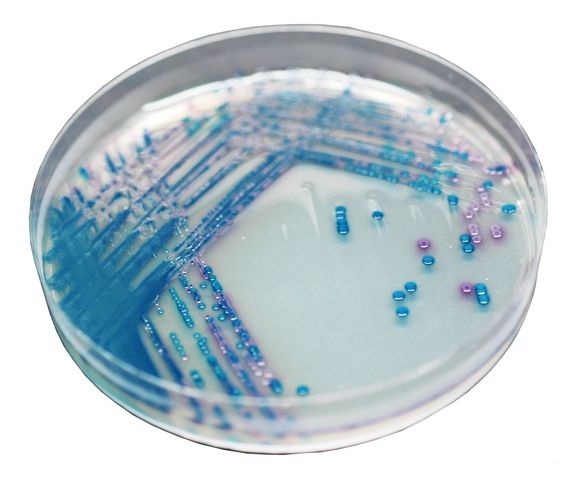Cost-Effective and Rapid Presumptive Identification of Gram-Negative Bacilli in Routine Urine, Pus, and Stool Cultures: Evaluation of the Use of CHROMagar™ Orientation Medium in Conjunction with Simple Biochemical Tests
12/2000
The algorithm for a new identification system was designed on the basis of colony color and morphology on CHROMagar™ Orientation medium in conjunction with simple biochemical tests. The accuracy and cost-effectiveness of this new system were prospectively evaluated with a total of 472 gram-negative bacillus isolates which were detected on CHROMagar™ Orientation medium. For 466 of the isolates (98.7%), no discrepancies in the results were obtained on the basis of the identification algorithm. CHROMagar™ Orientation permitted reliable detection and presumptive identification. In addition, this rapid identification system not only significantly reduced costs but it also improved the daily work flow within the clinical microbiology laboratory.
